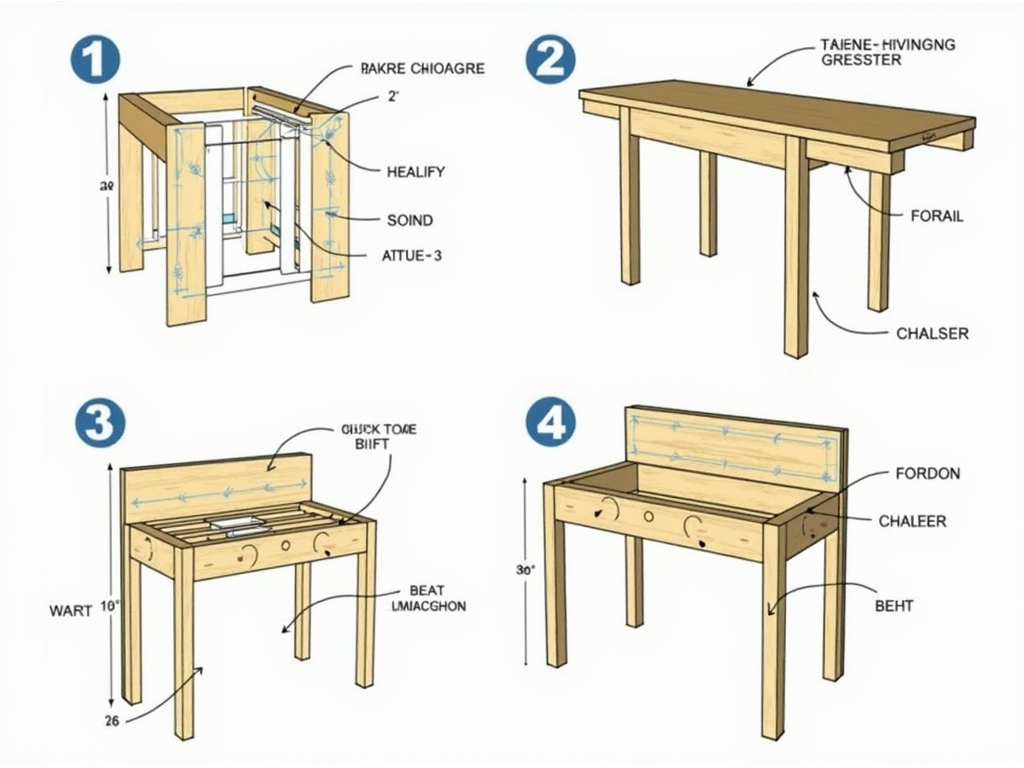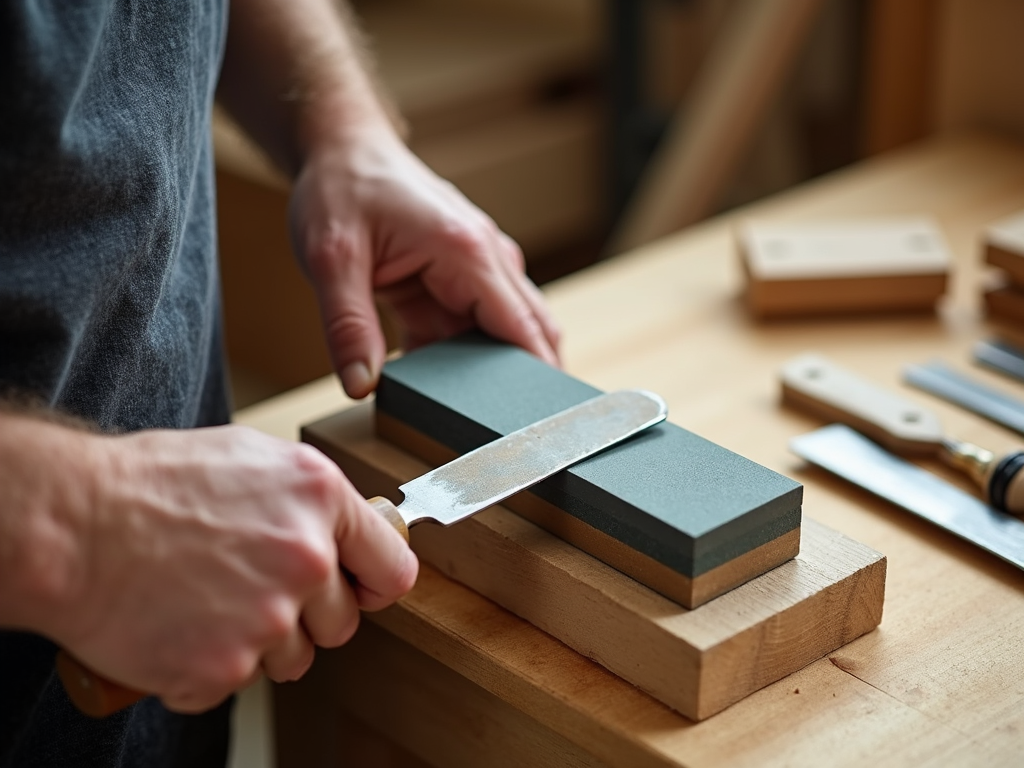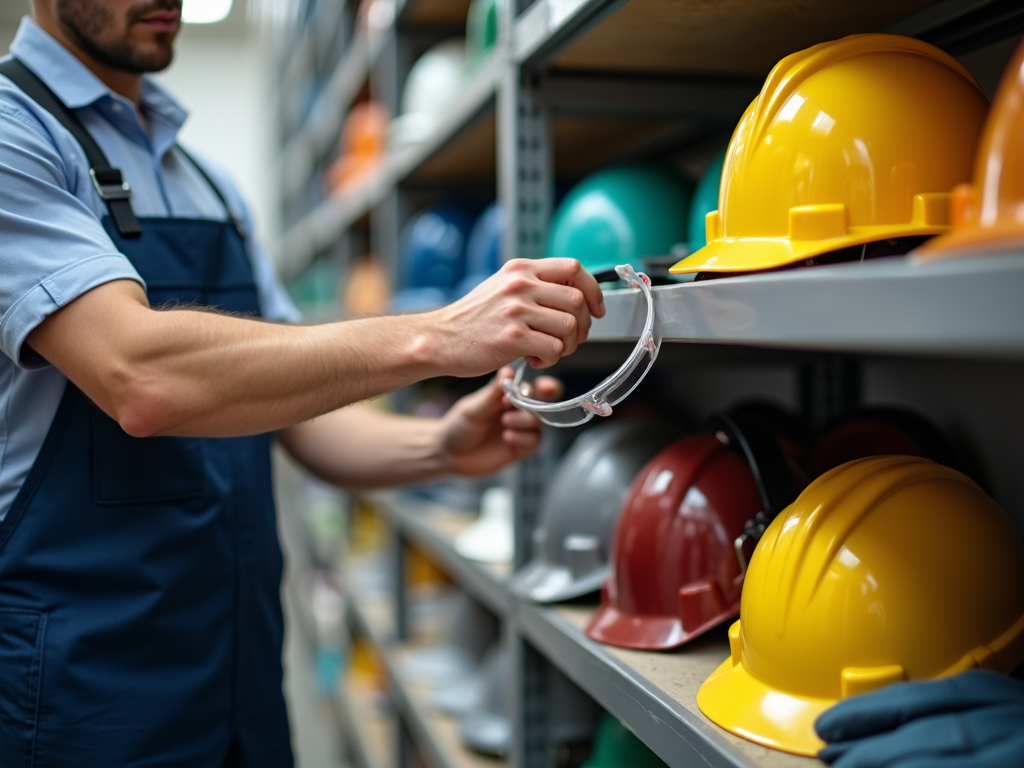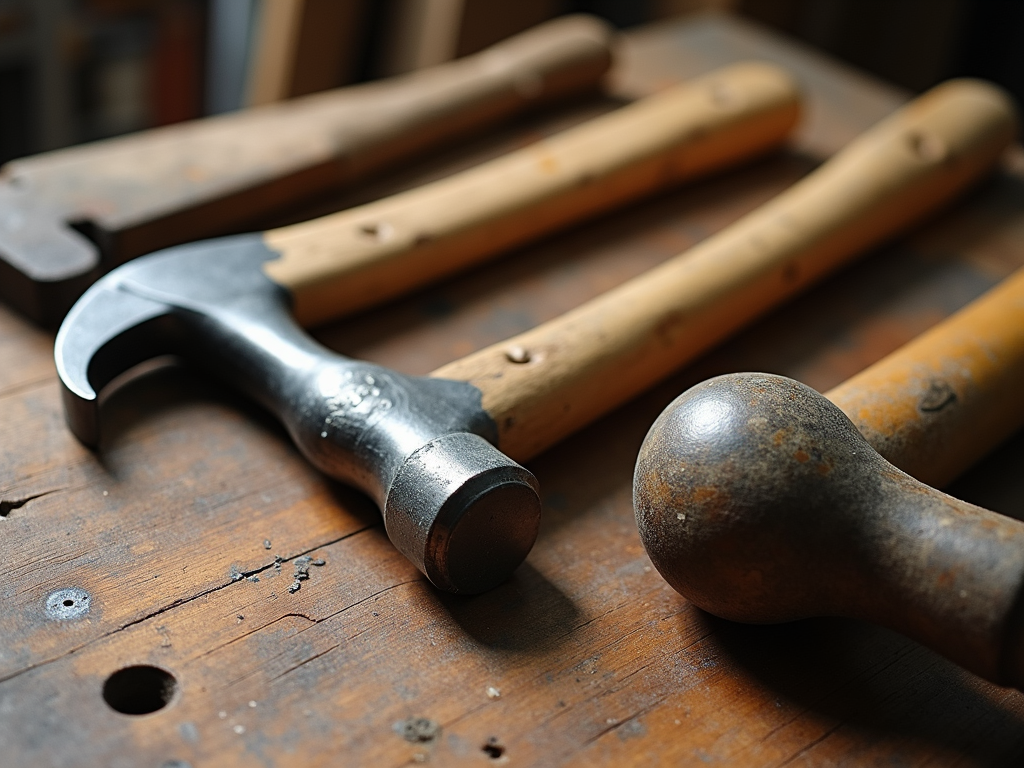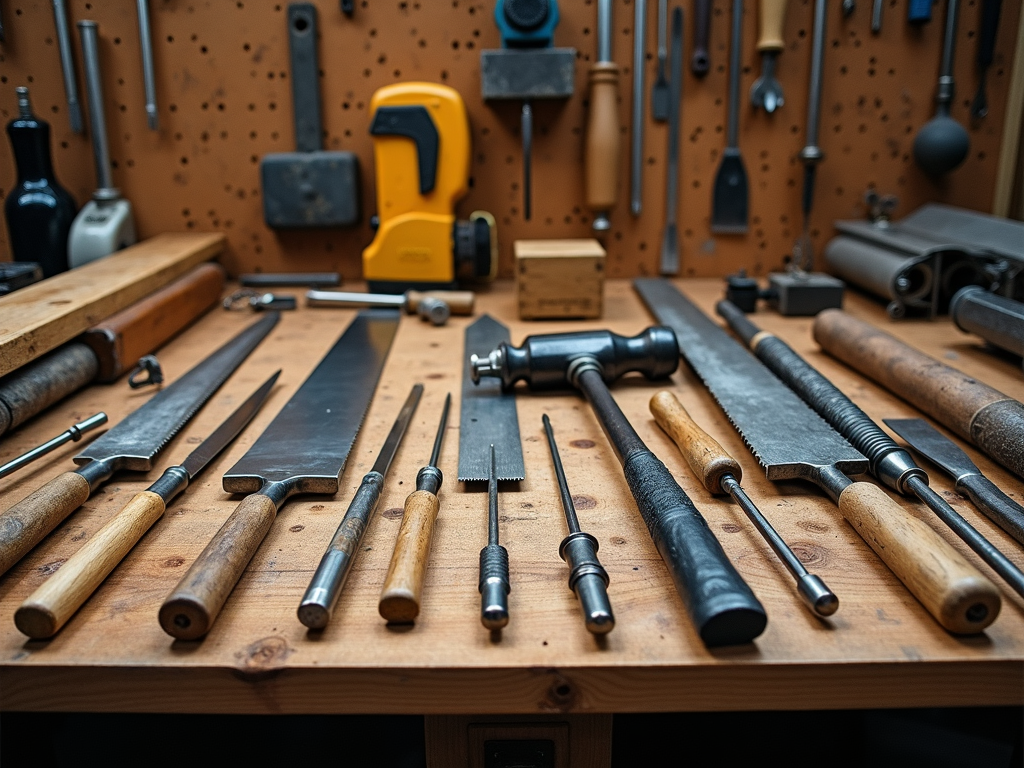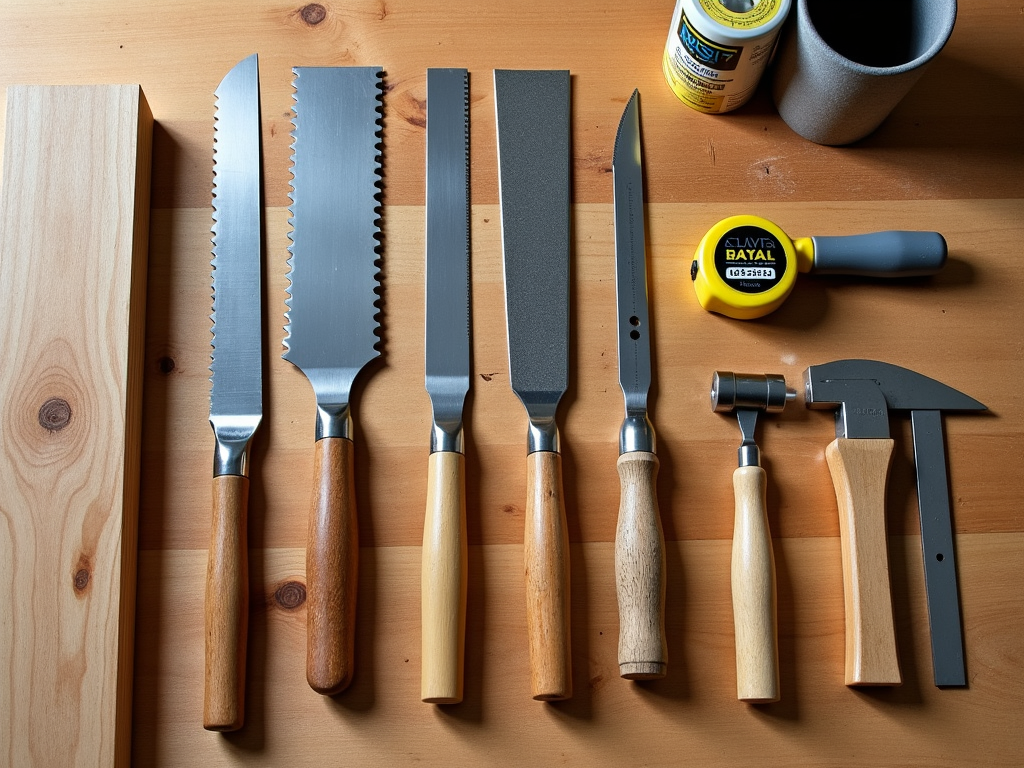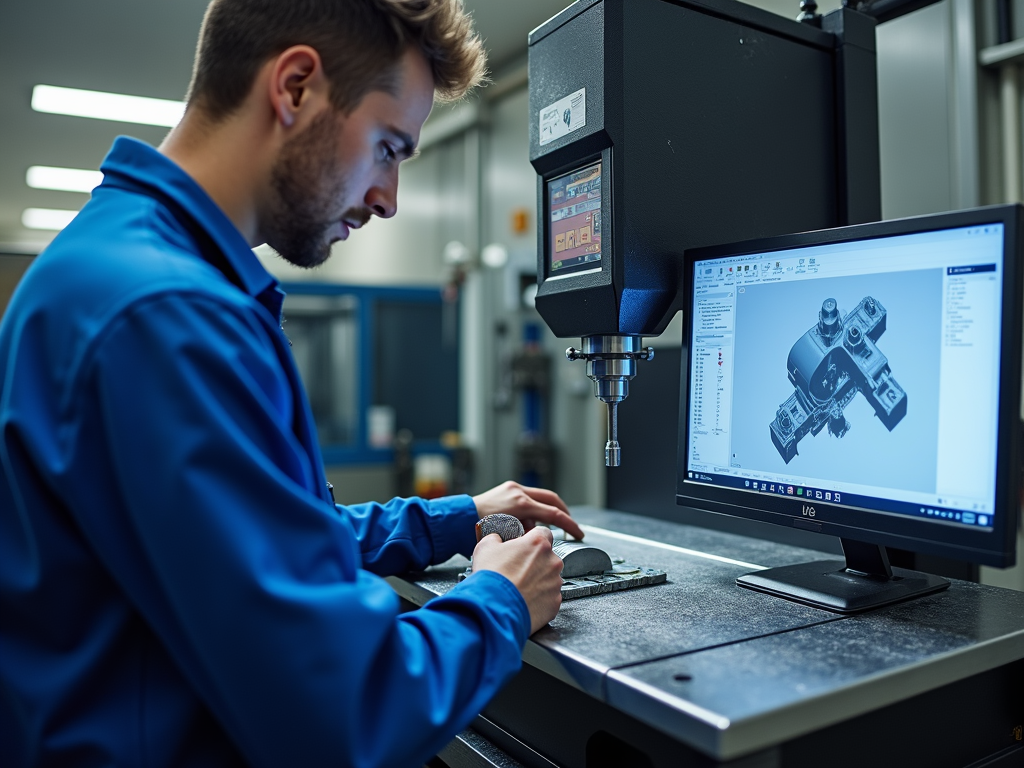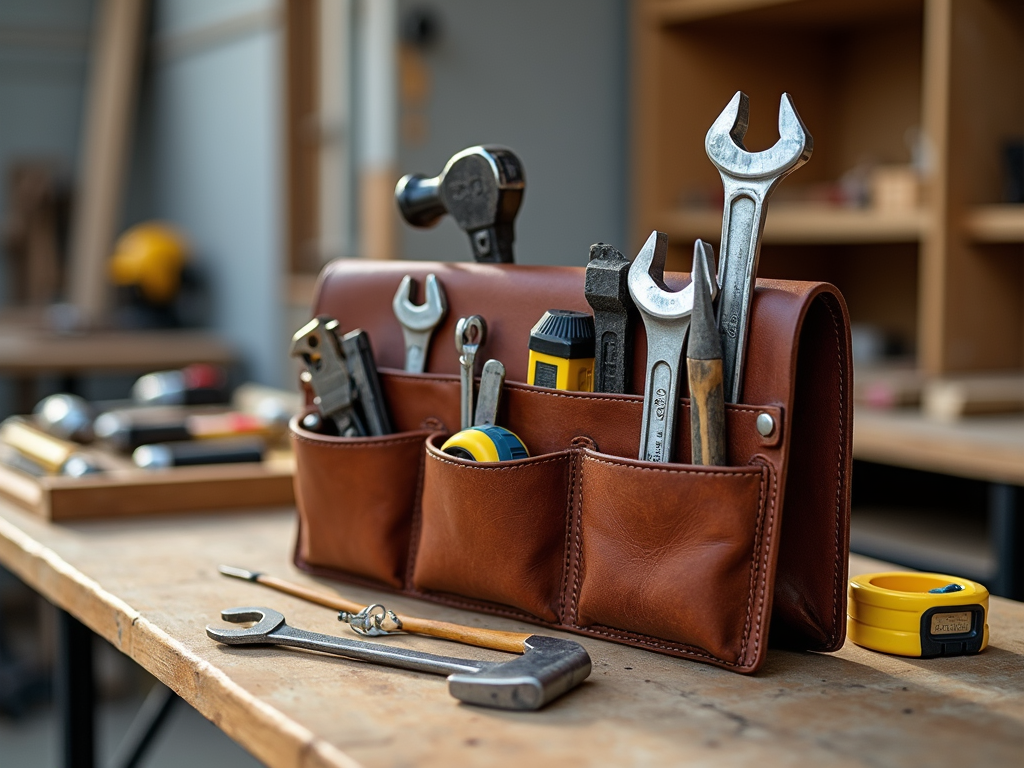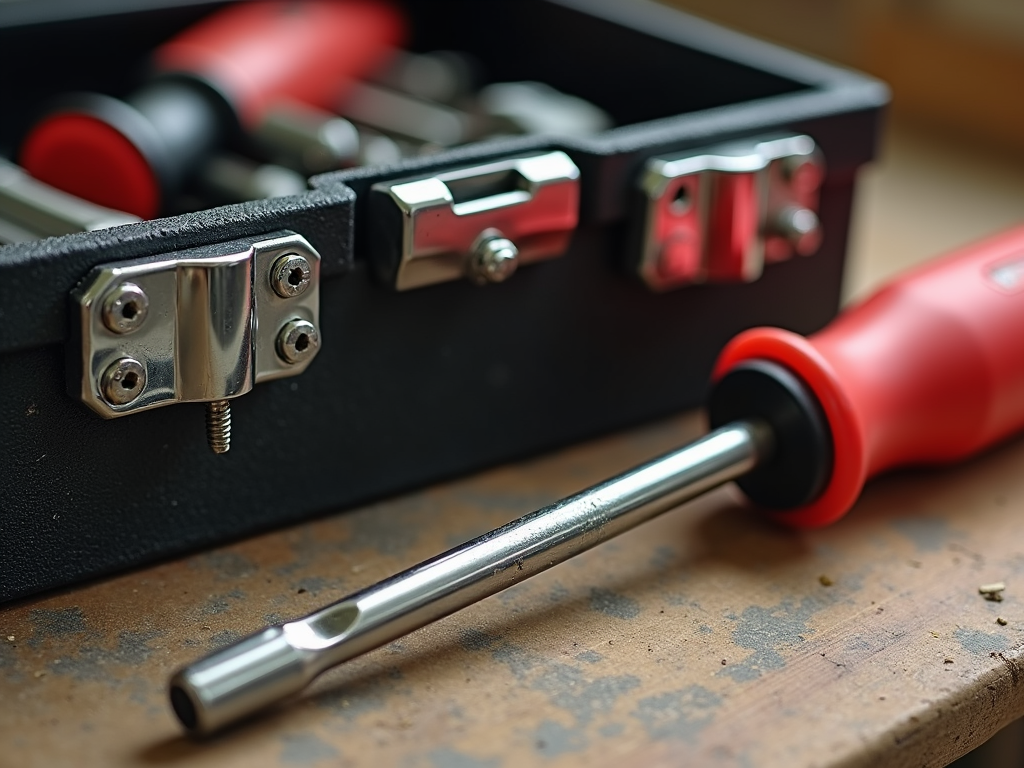DIY projects are a great way to get creative and save money, but safety comes first. Whether you're building a shelf or fixing a chair, knowing how to stay safe can prevent accidents and make your experience more enjoyable. In this article, we’ll cover everything you need to know about staying safe, from essential tools to common hazards.

Understanding the Basics of DIY Safety
Safety starts with the basics. Before you pick up a tool, know how to use it. Read the instructions—yes, even if you think you’ve got it figured out. A well-lit workspace helps you see what you’re doing, and keeping it tidy stops trips and falls. Small steps like these make a big difference.
Wear safety gear every time. Goggles keep dust and debris out of your eyes. Gloves protect your hands from cuts or splinters. Sturdy shoes save your toes if something drops. Keep a first aid kit close by for quick fixes. The U.S. Consumer Product Safety Commission says most DIY injuries come from skipping these basics—so don’t.

The Essential Toolkit: Must-Have Tools for DIY Enthusiasts
Good tools make DIY easier and safer. Here’s what you need in your toolkit:
- Hammer: Perfect for nails or light demo work. Hold it tight and aim straight to avoid slips.
- Screwdrivers: Get flathead and Phillips types. Match the size to the screw to keep things smooth.
- Pliers: Use them to grip or cut wires. Pick insulated ones for electrical stuff.
- Tape Measure: Measure twice, cut once—it’s that simple.
- Level: Keeps shelves and frames straight. No one likes a crooked project.
Quality matters. Cheap tools break and cause trouble. Spend a little more for gear that lasts and works right.

Specialty Hammers for Crafts and Hobbies
A regular hammer is great, but specialty hammers can step up your game. Here’s a quick rundown:
| Hammer Type | Best For | Safety Tip |
|---|---|---|
| Ball Peen Hammer | Shaping metal | Watch for flying bits—wear goggles. |
| Mallet | Furniture or soft materials | Use light taps to avoid dents. |
| Sledge Hammer | Breaking concrete | Clear the area; it’s heavy! |
| Tack Hammer | Upholstery or small nails | Keep fingers clear of the head. |
Each one has a job. Know it, and use it right. The Occupational Safety and Health Administration (OSHA) warns that misuse of tools like these causes thousands of injuries yearly. Stay sharp and stay safe.
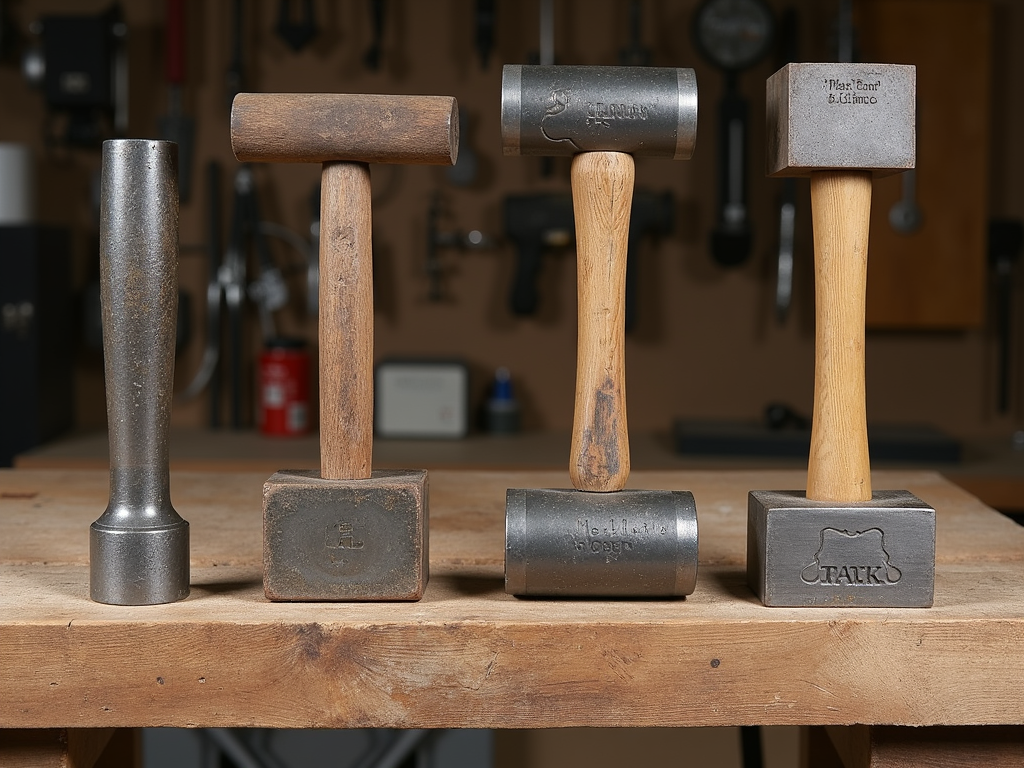
Workman Tools: Boosting Safety and Speed
Beyond the basics, workman tools help you work smarter. Here are some favorites:
- Utility Knife: Cuts drywall or cardboard fast. Retract the blade when you’re done.
- Chisel: Shapes wood or stone. Keep it sharp and pair it with a mallet.
- Wrench Set: Tightens bolts without slipping. Use the right size every time.
- Power Drill: Speeds up drilling and screwing. Read the manual—seriously.
Power tools save time but bring risks. The National Safety Council says power tool accidents often happen when people skip instructions. Take it slow, wear gear, and focus.

Common DIY Hazards and How to Dodge Them
DIY has risks, but you can handle them. Here’s what to watch for:
- Cuts: Sharp tools are safer than dull ones—they don’t slip as much. Wear gloves.
- Eye Injuries: Bits fly when you cut or hammer. Goggles are non-negotiable.
- Falls: Ladders can wobble. Set them on flat ground and don’t stretch too far.
- Shocks: Electricity’s no joke. Turn off the power and use insulated tools.
- Chemicals: Paint or glue fumes can hurt you. Open windows and wear a mask.
Prep beats regret. A study from Johns Hopkins University found that planning cuts DIY injuries by half. Think ahead.

My DIY Safety Lessons
I’ve been doing DIY for years, and I’ve had my share of close calls. Once, I skipped goggles while drilling—dust hit my eye, and I was out of commission for a day. Lesson learned: gear up, no excuses. Another time, I rushed a ladder job and nearly fell. Slowing down saved me.
I keep my tools clean and sharp now. A rusty hammer once slipped and dented my floor—maintenance matters. And for big projects, I grab a friend. Two sets of eyes beat one. Ask for help if you’re stuck; it’s smarter than guessing.
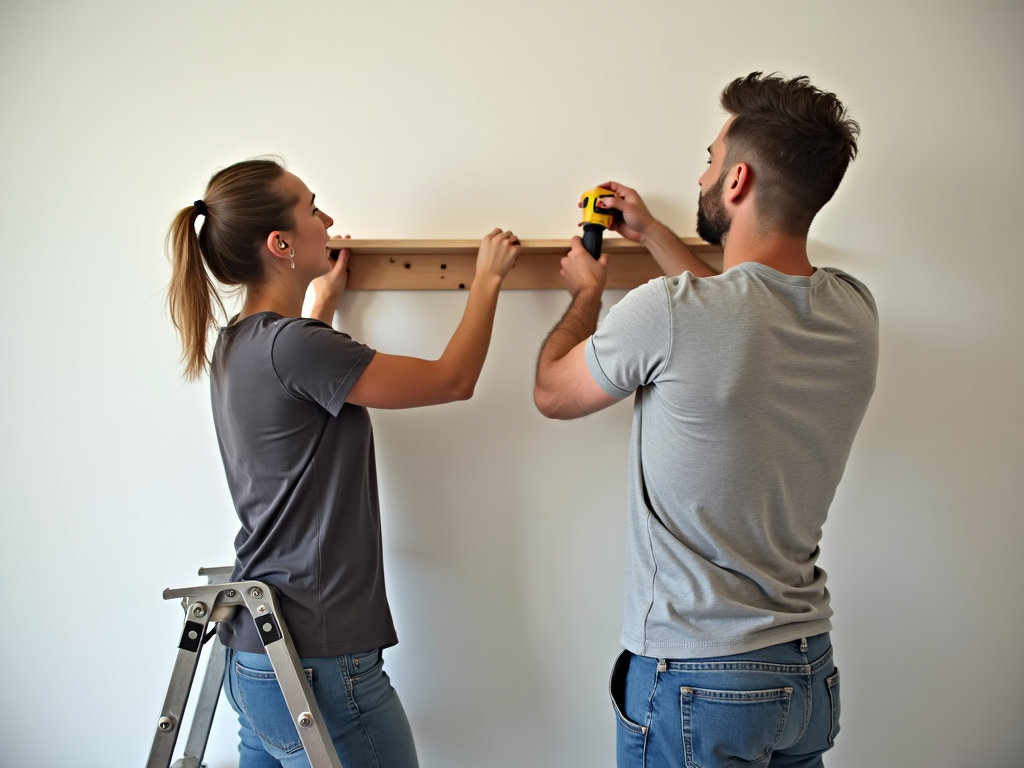
Wrapping Up
DIY is awesome, but staying safe makes it better. Use the right tools, wear gear, and watch for hazards. Take your time and keep learning. With these tips, you’ll tackle projects like a pro—safely. Check out the readings below for more ways to level up your skills.
Related Stay Safe: Top DIY Safety Tips:
- How to Build a Sturdy Workbench
- The Importance of Tool Maintenance in Woodworking
- Guide to Choosing the Right PPE for Your Workshop
- Hammer Basics: Design and Safety Tips
- Top 10 Must-Have Tools for Every Mechanic
- Essential Workman Tools for Everyday Use: A Comprehensive Guide
- Woodworking Basics: Getting Started with Quality Tools
- Essential Safety Practices for Workshops: A Comprehensive Guide
- The Role of Technology in Modern Workshops
- Mastering the Craft: Essential Workman Tools for Professional Builders
- Guide to Table Saw Blades for Every Cut
- Tool Maintenance: Tips for Longevity
